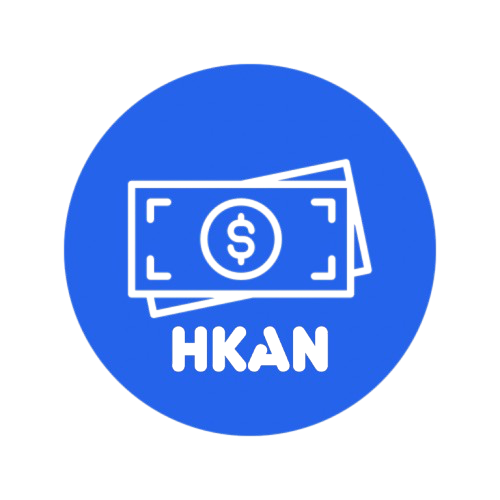Engulfing Candlestick Pattern Explained — Bullish & Bearish Engulfing in Trading
🧠 Engulfing Candlestick Pattern: Complete Guide
🔍 What Is an Engulfing Candlestick Pattern?
The Engulfing Candlestick Pattern is one of the most reliable and widely used reversal patterns in technical analysis. It signals a possible change in market direction and appears frequently in crypto, forex, and stock charts.
This pattern forms when a smaller candle is completely engulfed by the following larger candle, indicating a shift in momentum between buyers and sellers.
There are two main types:
-
Bullish Engulfing Pattern
-
Bearish Engulfing Pattern
🟩 Bullish Engulfing Pattern
A Bullish Engulfing appears during a downtrend and signals a potential trend reversal to the upside.
It consists of:
-
A small red (bearish) candle followed by
-
A large green (bullish) candle that completely engulfs the previous one.
This formation suggests that buyers have regained control after a period of selling pressure.
The larger the green candle and the higher the trading volume, the stronger the bullish signal.
Key Characteristics:
-
Appears at the end of a downtrend.
-
The second candle’s body completely covers the previous red candle.
-
Confirms strong buying momentum.
Trading Tip:
Many traders wait for confirmation — such as a price closing above the engulfing candle’s high — before entering a long position.
🟥 Bearish Engulfing Pattern
A Bearish Engulfing occurs during an uptrend and warns of a possible downward reversal.
It consists of:
-
A small green (bullish) candle followed by
-
A large red (bearish) candle that engulfs the previous one.
This pattern shows that sellers have taken control, pushing prices down aggressively.
Key Characteristics:
-
Appears at the top of an uptrend.
-
The second red candle’s body covers the entire green candle before it.
-
Indicates growing selling pressure.
Trading Tip:
Traders often place sell orders after a bearish engulfing confirmation candle, with stop-losses above the recent swing high.
📊 Why Engulfing Patterns Matter
Engulfing candlestick patterns are significant because they:
-
Represent a clear shift in market sentiment.
-
Work effectively across timeframes (from 1-minute to weekly charts).
-
Are easy to identify visually.
-
Provide strong reversal signals when combined with RSI, MACD, or volume indicators.
These patterns are especially popular in crypto trading, where volatility often creates powerful engulfing formations signaling major reversals.
⚙️ How to Trade the Engulfing Pattern
-
Identify the trend:
Determine whether the market is trending up or down. -
Look for an engulfing setup:
Wait for a clear engulfing candle to form at the end of the trend. -
Confirm the signal:
Use indicators like RSI divergence or volume spikes for confirmation. -
Plan entry and exit:
-
Buy after bullish engulfing confirmation.
-
Sell after bearish engulfing confirmation.
-
Always use stop-loss protection.
-
💡 Pro Tips for Engulfing Pattern Traders
-
Avoid trading in a sideways or choppy market.
-
Combine engulfing patterns with support/resistance levels.
-
Monitor volume to ensure the pattern reflects genuine momentum.
-
Always backtest your strategy on historical data before live trading.
🧩 Engulfing Pattern in Crypto Markets
In crypto trading, engulfing patterns often appear after sharp price moves or liquidations.
For example, a Bullish Engulfing on Bitcoin or Ethereum after a sudden dip can indicate whale accumulation and a possible rally.
Similarly, a Bearish Engulfing after an overextended pump may signal a short-term correction or downtrend.
Because cryptocurrencies trade 24/7, engulfing patterns on higher timeframes (like 4H, Daily) tend to be more reliable.
🧭 Final Thoughts
The Engulfing Candlestick Pattern remains one of the most trusted price action signals for traders across all markets — stocks, forex, and crypto.
When identified correctly and confirmed with other indicators, it provides powerful clues about potential reversals and market psychology.
💬 Comments
No comments yet. Be the first!
Please log in to post a comment.
